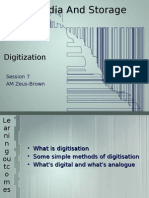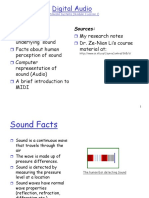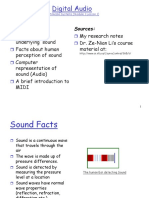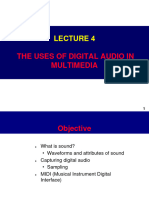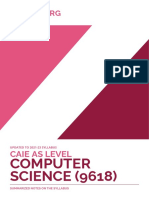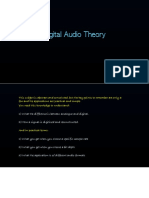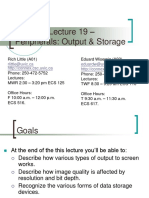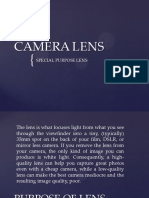0% found this document useful (0 votes)
53 views18 pagesCSC105 Lecture 18 - Input: Analog To Digital: Rich Little (A01) Eduard Wisernig (A02)
About 5 minutes and 30 seconds
Uploaded by
TerryCopyright
© © All Rights Reserved
We take content rights seriously. If you suspect this is your content, claim it here.
Available Formats
Download as PDF, TXT or read online on Scribd
0% found this document useful (0 votes)
53 views18 pagesCSC105 Lecture 18 - Input: Analog To Digital: Rich Little (A01) Eduard Wisernig (A02)
About 5 minutes and 30 seconds
Uploaded by
TerryCopyright
© © All Rights Reserved
We take content rights seriously. If you suspect this is your content, claim it here.
Available Formats
Download as PDF, TXT or read online on Scribd
/ 18
